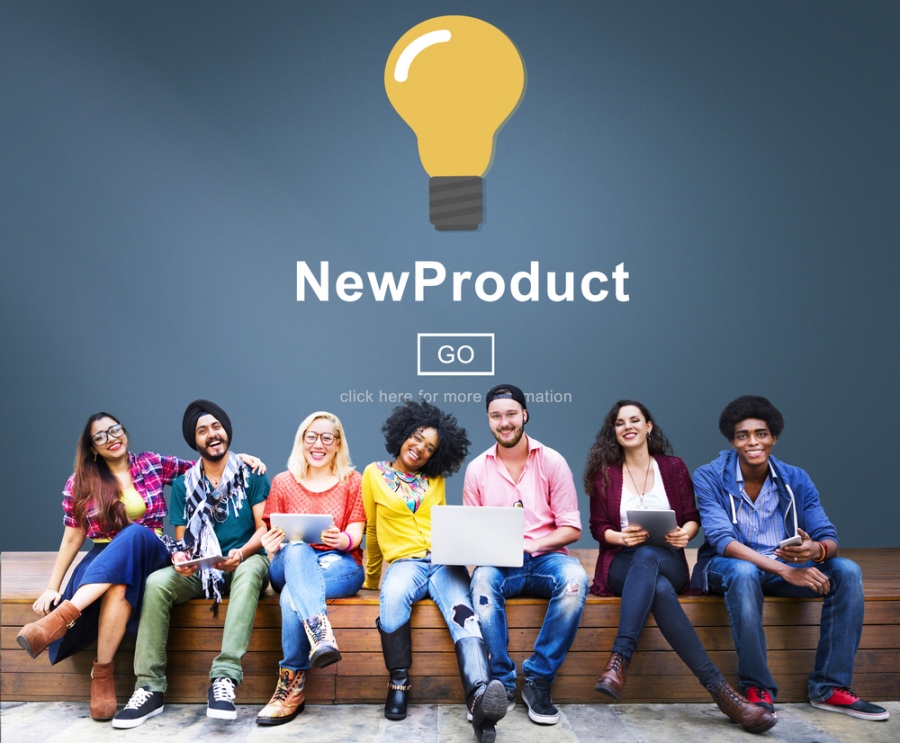Launching a new product is one of the most important steps for a business – especially a new one. Adding new products is how most business take their first steps to grow, and how a business with a tight focus (and the vulnerability inherent in that) can grow into a stable brand that can stand the test of time.
The rewards of a successful new product are almost self-explanatory: if it’s popular, it generates lots of revenue for you from your existing customers, who have another way to spend their money with you, and existing interest in your products. It’s also a way to broaden your appeal and bring new customers into your business by serving needs that you may not have served before. A new product also gives you a ‘hook’ for a marketing push that can increase your market share and brand recognition, as well the organic brand growth that comes with reviews and word of mouth.
The risks are, unfortunately, just as potent. If your product fails to find its audience, you have lost the resources invested in development and design, as well as mass manufacture for your launch. The financial cost is only half the story, though. A big marketing push means putting your brand in front of lots of pairs of eyes. If the product you’re selling is judged to be inferior, gets bad reviews and doesn’t sell, you’ve just failed on a grand scale, and the damage you’ve done to your brand could be hard to recover from.
The key is to make sure your concept development and testing process is robust, data-driven and focused on the customer.
Getting help from a market research agency is useful here: you only have the scope to reach people who have already committed your brand. If you want to bring in more customers, you need to get the opinion of people who haven’t chosen to spend money with you yet.
The key to success is iteration: test your concept to ensure people understand it, pour the data from those initial tests into refining a better concept, and test it again. As you move from concept design to prototyping, keep on testing that product to ensure customers can see why it’s valuable to them and is natural for them to use.
Customer-lead design means that when launch day comes, you’re offering the market a product that people have already proved they want, can grasp instinctively and use immediately: a recipe for success.
